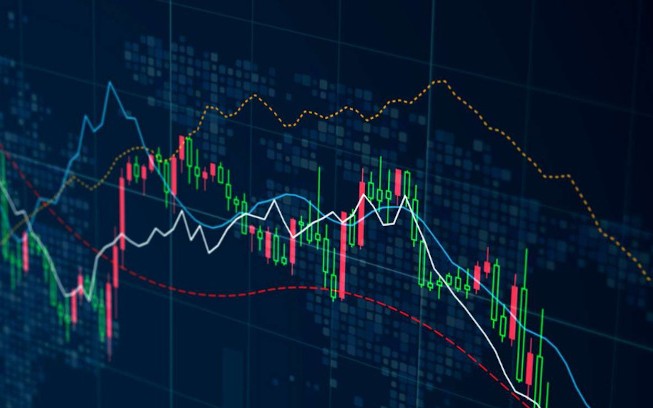Understanding Forex Trading A Comprehensive Guide 1927759391

Understanding Forex Trading: A Comprehensive Guide
Forex trading, or foreign exchange trading, is the process of buying and selling currencies on a global scale. In this fast-paced market, traders speculate on the price movements of different currency pairs to make profits. The forex market is the largest financial market in the world, with a daily trading volume exceeding $6 trillion. For more insights into forex trading, visit what is forex trading https://acev.io/.
What is Forex Trading?
Forex trading involves the exchange of one currency for another with the aim of making a profit from the fluctuations in their exchange rates. Unlike stock markets, forex operates 24 hours a day, five days a week, allowing traders to participate at their convenience. The market is decentralized, meaning it exists globally and is not confined to a specific location or exchange.
The Mechanics of Forex Trading

To engage in forex trading, one needs to understand a few key elements:
- Currencies: Forex trading is always done in pairs, such as EUR/USD or GBP/JPY. The first currency in the pair is the base currency, while the second is the quote currency.
- Exchange Rate: This indicates how much of the quote currency is needed to purchase one unit of the base currency. For example, if the EUR/USD exchange rate is 1.20, it means 1 Euro can be exchanged for 1.20 US Dollars.
- Bid and Ask Price: The bid price is the price at which a trader can sell a currency pair, while the ask price is the price at which a trader can buy. The difference between these two prices is known as the spread.
- Leverage: Many forex brokers allow traders to use leverage, meaning they can control a larger position with a smaller amount of capital. This can amplify profits but also increases risk.
Types of Forex Markets
Forex trading occurs in various markets:
- Spot Market: This is the most straightforward form of forex trading, where currencies are bought and sold at the current market price, known as the spot price.
- Forward Market: In this market, contracts are made to buy or sell a currency at a future date at a predetermined price. This can help hedge against potential losses.
- Futures Market: Similar to the forward market, but contracts are standardized and traded on exchanges. Futures can provide more liquidity and transparency.
Who Participates in Forex Trading?
The forex market comprises various participants, including:
- Central Banks: They control monetary policy and stabilize currencies, affecting exchange rates through their actions.
- Financial Institutions: Banks and other large institutions trade currencies on behalf of clients or for their own portfolios.
- Corporations: Businesses engaged in international trade often need to exchange currencies to pay for goods and services.
- Retail Traders: Individual forex traders can access the market easily through online trading platforms.

Strategies for Success in Forex Trading
Successful forex trading requires knowledge, skills, and strategies. Here are a few commonly used methods:
- Technical Analysis: This involves analyzing price charts and patterns to predict future movements. Traders often use indicators such as Moving Averages, RSI, and MACD.
- Fundamental Analysis: This strategy focuses on economic indicators, news releases, and geopolitical events that may affect currency values.
- Sentiment Analysis: By gauging the overall mood of the market, traders can determine whether they should buy or sell. This may include following social media and news sentiment.
Risks Associated with Forex Trading
While forex trading can be lucrative, it also carries significant risks, including:
- Market Risk: Currency values can fluctuate based on various factors, leading to potential losses.
- Leverage Risk: Although leverage can amplify profits, it can equally amplify losses, making it essential to manage positions carefully.
- Counterparty Risk: This is the risk that the broker or financial institution may default on the transaction.
Conclusion
Forex trading is an exciting and dynamic market that offers numerous opportunities for profit. However, traders must be aware of the associated risks and construct a solid trading plan. By understanding the fundamentals of how the market operates, the different types of market participation, and the various trading strategies available, individuals can position themselves for success. Continuous learning and adapting to changing market conditions will also play a crucial role in a trader’s journey in the forex market.
